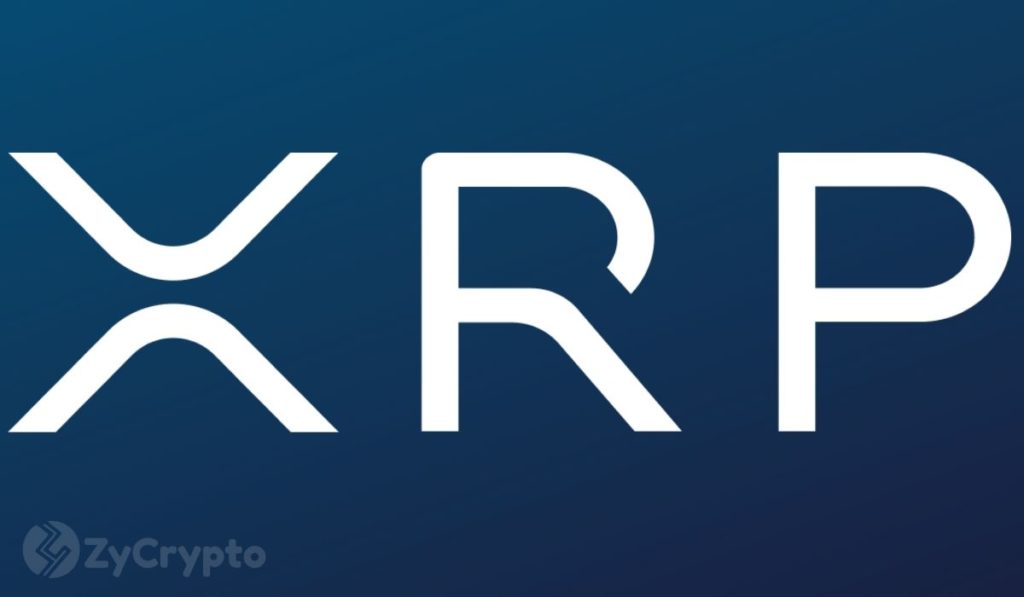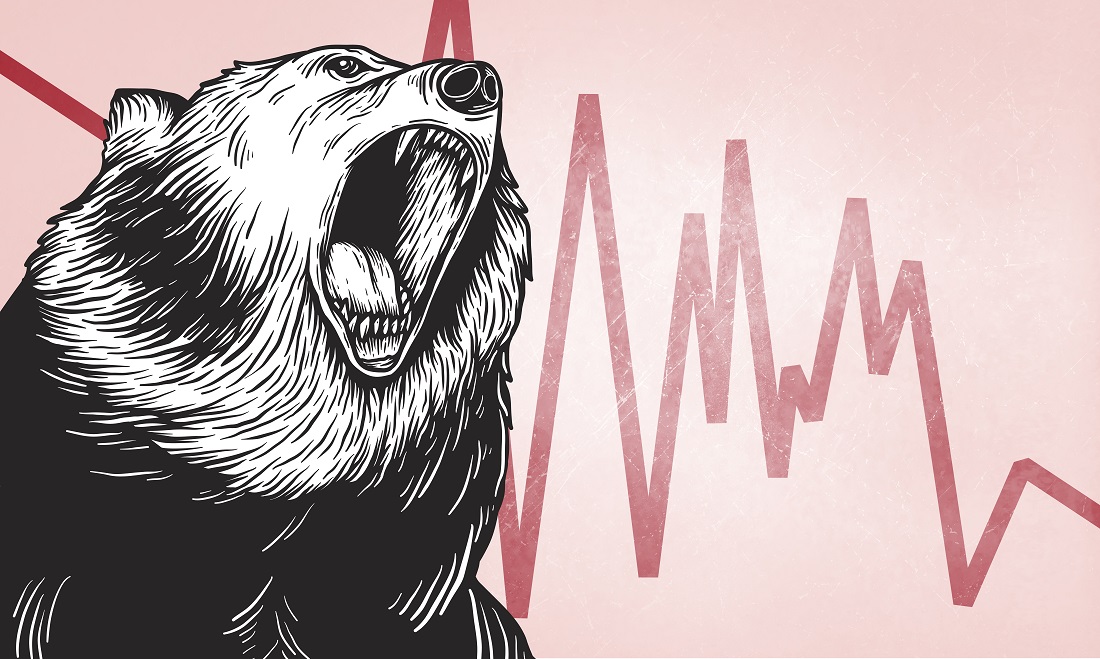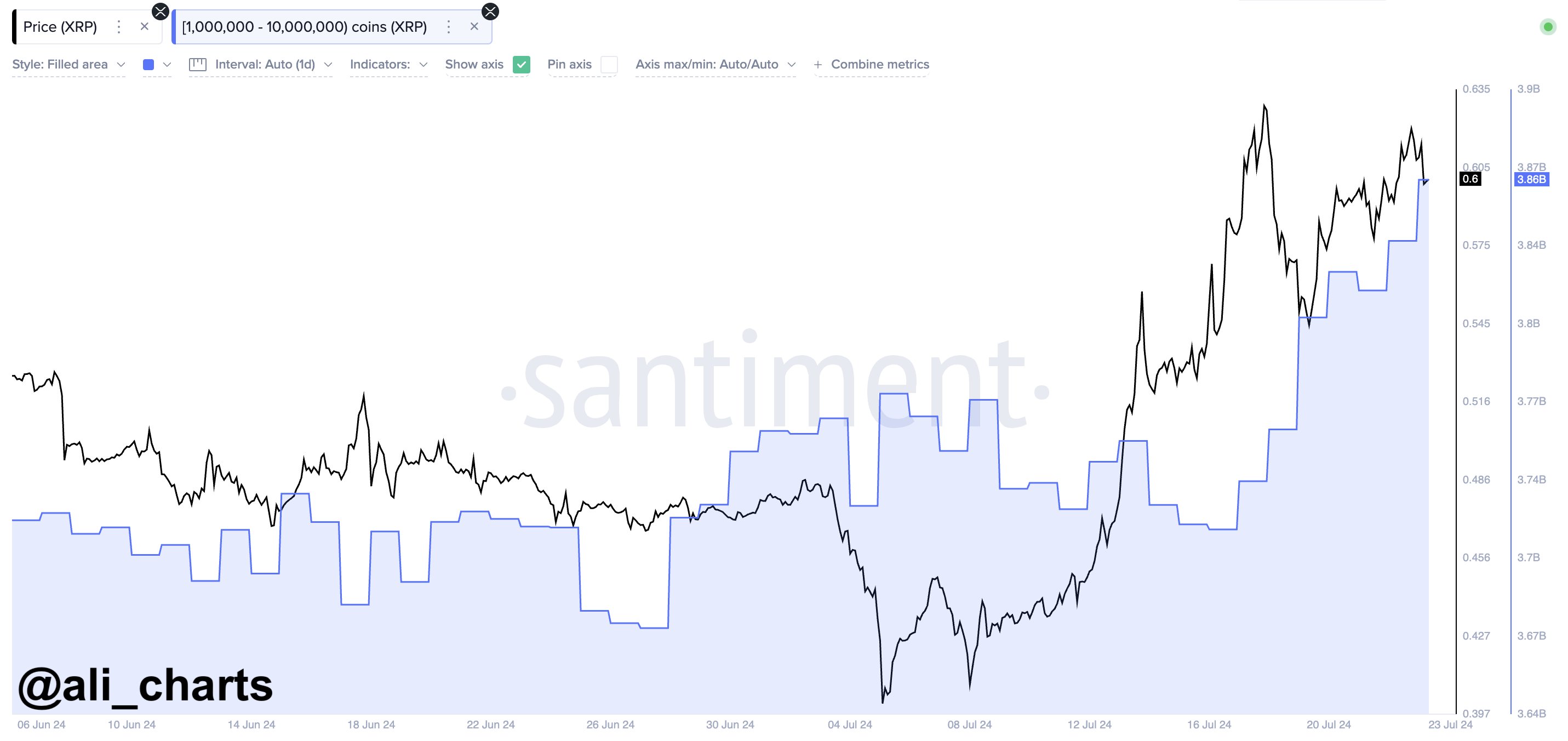
2020-5-21 15:48 |
Ripple is no doubt one of the biggest players in the advancement of blockchain technology especially in regard to the development of payment solutions that have significantly driven down the cost of funds transfer. Ripple’s ODL (On-Demand Liquidity) system has played a huge role in revolutionizing how various businesses, especially financial institutions, do business.
Every day, more clients are joining Ripple’s network to enjoy faster, more secure, and cheaper payment solutions, and this has largely been due to the better liquidity offered by Ripple’s system utilizing XRP as opposed to the traditional systems.
Liquidity Helps Link Buyers And SellersRipple’s head of Global Institutional Markets Breanne Madigan recently gave a breakdown of Liquidity in the global markets.
“Identifying new use cases for digital assets outside of cross-border remittances will also deepen the trading pool and liquidity for XRP…., it is continuous utility that will foster liquidity depth and market health around XRP. The more value transfer problems it helps to solve and payment frictions it helps to reduce; the more diverse and efficient the adoption of XRP as a global payment asset will become.”
It’s a fact that the success of Ripple’s ODL system is pegged to the use of XRP, a digital asset, as the base currency for cross-border funds transfer. Granted, the strength of a market setting is tested during times of hardships like the financial crisis of 2008. The turmoil caused by the current coronavirus pandemic is also proving tough for the global economy, and this has presented another window for the stronger system to rise.
Notably, good liquidity is achieved when assets can be easily and quickly turned into cash without hurting the market.
“It follows that liquidity around the digital asset XRP is the lifeblood of Ripple’s On-Demand Liquidity (ODL) for cross-border payments.” Said Madigan.
In that respect, good liquidity facilitates the link between buyers and sellers while maintaining the market balance.
Banks Are FailingIn this case, the traditional banking system seems to have had a hard task on its hand, and it’s failing.
Normally, investors turn to bonds and use banks as middle-men during uncertain times. However, the pandemic seems to be scaring investors instead and driving them away from bonds.
As such, banks are losing their value as the facilitators of balanced liquidity. That’s why Ripple’s ODL is now attracting so much attention as a viable alternative to banks.
XRP Fixes This DifficultyThe ODL, having been adopted by various major financial players in the global market. With XRP as the base currency, payments can be sent fast, securely, and cheaply without the need to go through a middle-man (like banks). Upon destination, the digital asset can be quickly reconverted to cash, creating a highly liquid trading environment for institutions and businesses.
In reality, it’s this advantage that has made an exchange like Bitso the largest in South America, and in all likelihood, Ripple’s ODL system looks pretty poised for exponential growth.
Also, as more institutions adopt XRP, other exchanges outside of Ripple’s ODL (like Coinbase and Kraken) will contribute to the liquidity and rising XRP volume when these institutions trade the digital asset through them.
Similar to Notcoin - Blum - Airdrops In 2024
Ripple (XRP) íà Currencies.ru
|
|







